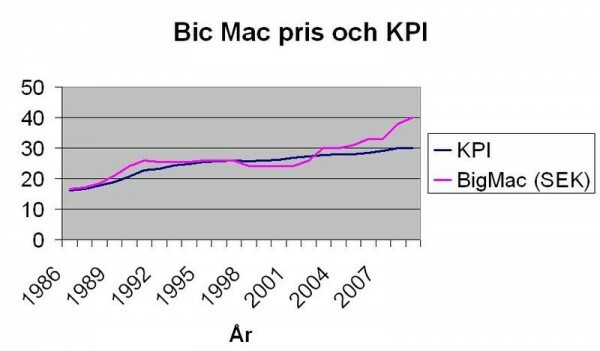The inventory costs They are those that are related to the storage, provisioning and maintenance of inventory in a certain period of time.
For a retailer, it typically represents the average number of goods purchased from its suppliers during a year. It is important to be aware that these costs vary eloquently by business sector.
Advertisements
The inventory is the greatest asset, in the same way it is where greater expenses are generated so it has a derivation in the finances of the company, which makes it essential to carry out the evaluation of said costs, thus stipulating the maximum benefit that can be achieved from the inventory, in addition to detecting and making changes that could reduce costs, either in suppliers or products.

Advertisements
In this article you will find:
Inventory cost classification
The costs associated with the inventory management system They are grouped as follows:
Storage costs
Whether manual or automated, it generates a series of costs due to the operations of mobilization, verification, ordering, of the products that are going to be kept in stock within the plant. In addition, facilities and personnel expenses.
Advertisements
These cover cost concepts such as:
- Inventory handling costs
- Cost of the facilities used for storage, the rent of a premises or warehouse.
- Equipment costs used for inventory management and maintenance.
- Work and operation costs of the same.
- Insurance costs, to cover accidents, theft, damage and obsolescence.
As a general rule, the total costs for these concepts can reach 25% of the total cost. Undoubtedly it will depend on the organization, its operation and type of product that it handles.
Advertisements
Order costs
It is the total cost incurred each time an order for a product is placed. The following can be distinguished:
- Issuance cost: Cost of elements used when placing an order, for example: Administrative work, cost of correspondence, telephone calls, invoice preparation, transportation, etc.
- Cost of receiving the product: Costs of inspection and organization and storage in each area of the warehouse.
The sum of all is the cost of launching the batch (CL).
Advertisements
Out-of-stock costs or costs for being out of stock
They are the costs that are caused when the demand cannot be met, due to the lack of stock of the product in the warehouse, which is called out of stock.
Given this, there are two situations:
Deferred demand: The orders of a certain client arrive at a time when there are no stocks, so these orders are delayed to be fulfilled when there is. The cost associated with this is called the default cost.
Lost demand: Customer orders arrive at a time when there is no stock and are permanently lost. The cost associated with this is called the breakage cost and is determined as the cost of not meeting the demand and therefore losing it.
These costs are failures, since they arise from not having the material when required. These shortages may be due to:
- Substitution of materials.
- Rescheduling and production delays.
- Delays in imports or nationalization of merchandise.
- Machine and employee operation dead times.

